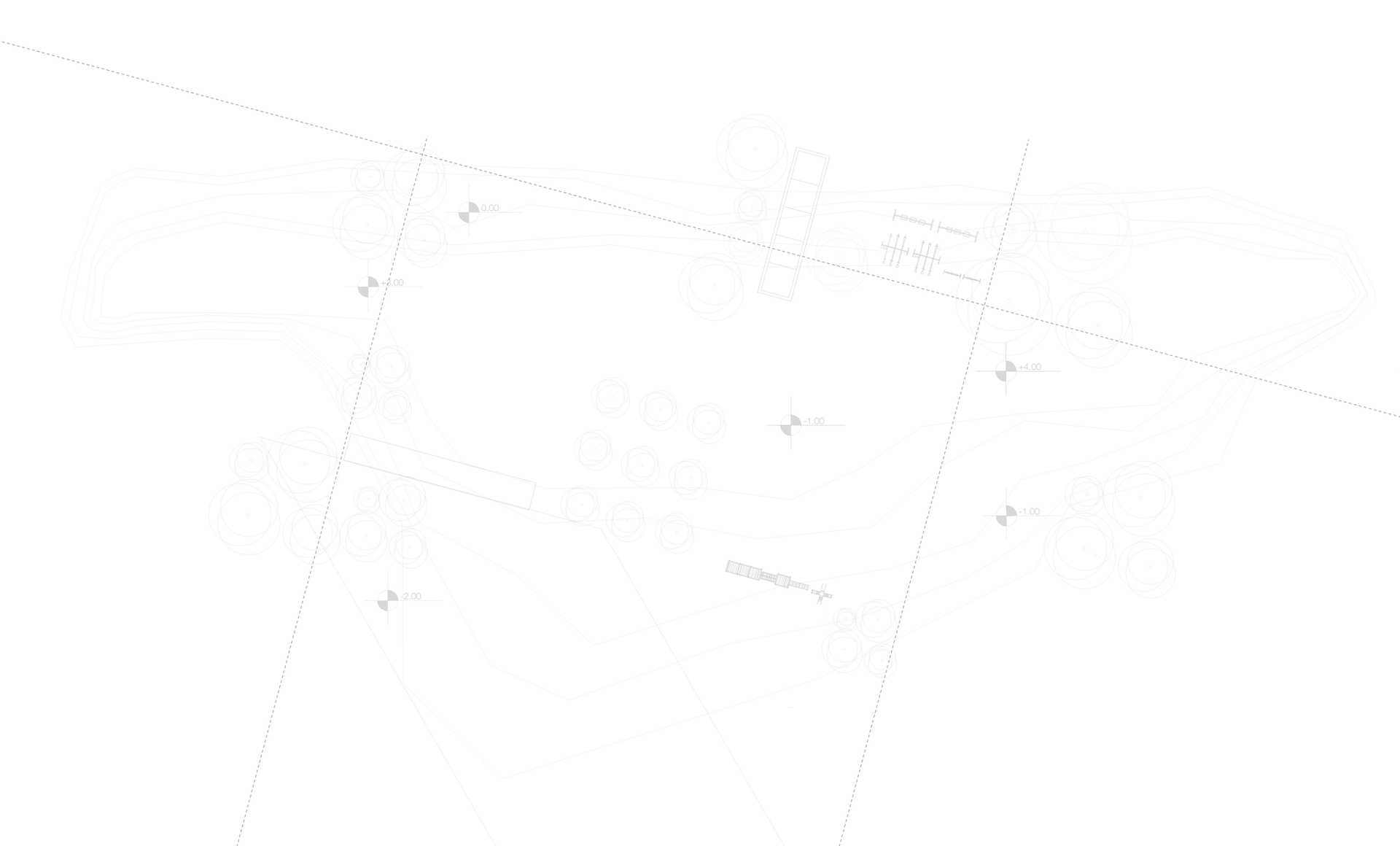Carbon Scatter 2015l
- ljub1999
- Aug 20, 2023
- 2 min read
E-on software also announced that the Carbon Scatter Trial version will be updated to the 2015.5 release during summer 2015. In the meantime, customers can still download the Carbon Scatter 2015 Trial from try.carbonscatter.com.
Tags: 3ds max, atmosphere, Carbon Scatter, Carbon Scatter 2017, Cinema 4D, cloud, CloudFactory Ozone, CloudFactory Ozone 2017, discontinued, e-on, e-on software, final release, final version, instancing, LightWave, Maya, new features, Ozone, plugin, price, scattering, softimage
Carbon Scatter 2015l
ΔCs,τ vs. ΔT plot diagnosed from sixteen Earth System Models (seven CMIP6 ESMs and nine CMIP5 ESMs), for three different future scenarios: SSP126, SSP245, SSP585, or RCP2.6, RCP4.5, RCP8.5, respectively. a The change in soil carbon due to the change in soil carbon turnover time against change in global mean temperatures; b The fractional change in soil carbon due to the change in soil carbon turnover time against change in global mean temperatures, and compared to different effective q10 sensitivities.
Model projections of the first term (ΔCs,L) differ primarily because of differences in the extent of CO2-fertilisation of NPP, and associated nutrient limitations. The second term (ΔCs,τ) differs across models because of differences in the predicted future warming, and because of differences in the sensitivity of soil carbon decomposition to temperature (which includes an influence from faster equilibration of fast-turnover compared to slow-turnover carbon pools under changing inputs13). This study provides an observational constraint on the latter uncertainty. As the vast majority of the CMIP6 and CMIP5 models do not yet represent vertically resolved deep soil carbon in permafrost or peatlands, we focus our constraint on carbon change in the top 1 metre of soil. To ensure a fair like-for-like comparison we also exclude the two CMIP6 models that do represent vertically-resolved soil carbon (CESM2 and NorESM2), although this has a negligible effect on our overall result. Our study therefore applies to soil carbon loss in the top 1 metre of soil only. Below we show that it is possible to significantly reduce the uncertainty in this key feedback to climate change using current-day spatial data to constrain the sensitivity to future warming.
R.M.V., S.E.C., and P.M.C. designed the study and drafted the manuscript, and R.M.V. did the analysis and produced the figures. P.F. provided insightful guidance on the best way to derive and represent soil carbon turnover. C.D.K. provided the initial code and gave advice on the differing representation of soil carbon in the CMIP6 model ensemble. E.J.B. provided observational datasets for: heterotrophic respiration, soil respiration, net primary production and temperature. G.H. provided observational soil carbon data. All co-authors provided guidance on the study at various times and suggested edits to the draft manuscript. 2ff7e9595c


Comments